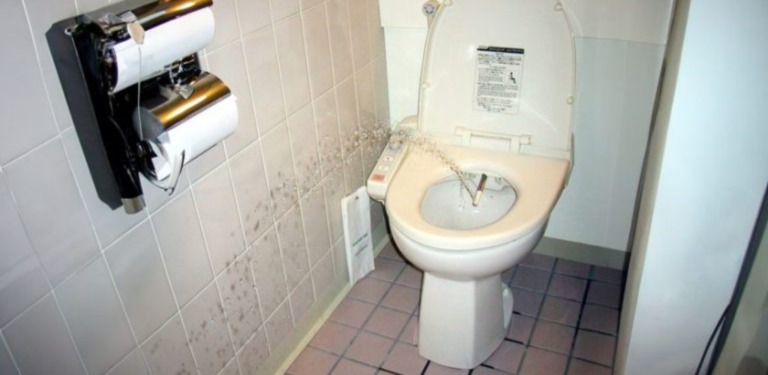ADVERTISEMENT

Why do Japanese people sit on the toilet facing backwards? Japan’s toilet culture is one of the most advanced in the world. Common features like heated seats, built-in bidets, hair dryers, deodorizing systems, and soundproofing devices to dampen natural sounds no longer surprise locals. Japanese toilets can be compared to the iPhone of the plumbing world, and can cost tens of thousands of dollars. Users have the ability to independently regulate the pressure, direction and temperature of water in the built-in bidet, as well as perform express urine analysis and measure blood pressure using special buttons on the remote control. Just like the interiors of luxury cars, Japanese toilets are able to memorize and apply settings depending on the user. The problem with Japan’s high-tech toilets was the abundance of icons and buttons on the remote controls, which often confuse foreign tourists. Ahead of the 2021 Tokyo Olympics, the Japanese government asked toilet manufacturers to standardize the symbols on smart toilet remote controls. Read more on next page
However, in Japan, in addition to advanced technologies, simpler devices have also been preserved: traditional floor bowls. They are often found in public places. Some toilets are equipped with Western-style (WS) and Japanese-style (JS) toilets.

Tourists face a dilemma when using Japanese-style toilets. It is impossible to sit fully on such a toilet, one must take the “eagle” position and face the tank, and not the door, as is customary in other countries. Special signs installed in the toilets inform about this.
Continued on the next pag